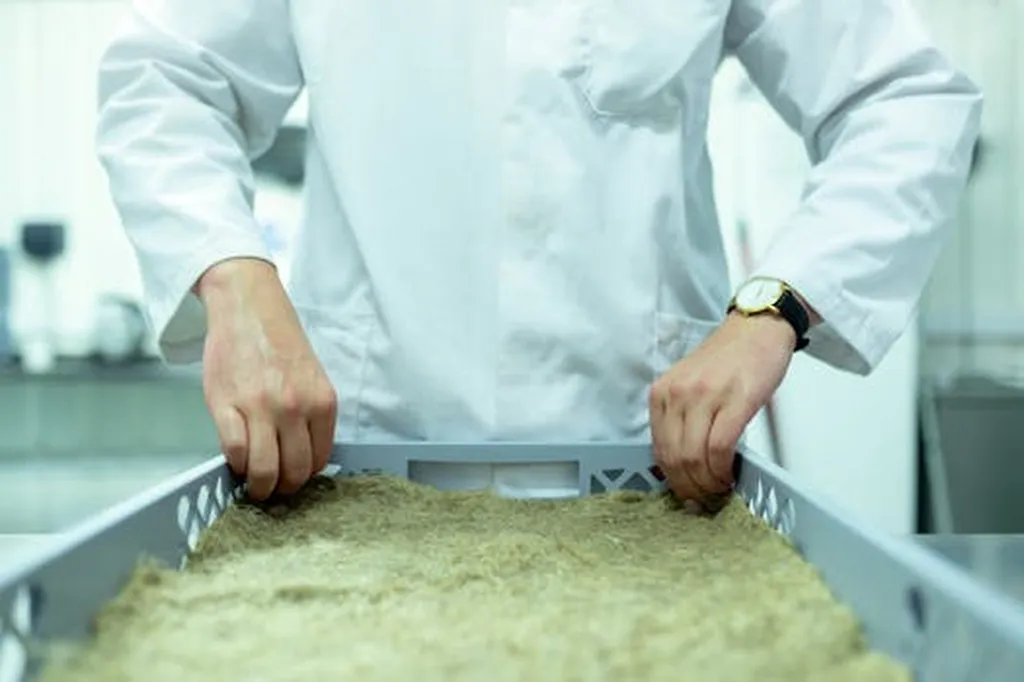In the heart of the Midwest, Sophia Becker, a researcher at the University of Nebraska-Lincoln, is leading a charge to revolutionize agricultural management through the lens of geophysics. Her recent study, published in the Vadose Zone Journal (which translates to the journal focused on the unsaturated soil zone), sheds light on the growing trend of agrogeophysics—a fusion of soil sensing and hydrogeophysics that could redefine how we approach farming and land management.
Becker’s research delves into the trajectory of agrogeophysics, examining its presence in peer-reviewed literature, patents, and university extension resources. The findings are promising: a steady increase in research since 2001, a surge in patents in 2020, and a marginal rise in extension articles since 1993. “The data shows a clear upward trend,” Becker notes, “and this is just the beginning.”
The study highlights five key areas where agrogeophysics can make a significant impact: understanding pedophysical relationships, managing scale, improving usability, ensuring profitability, and accounting for soil organic carbon. These areas present both challenges and opportunities for the agricultural sector.
Electrical resistivity, electromagnetic induction, and visible and near-infrared reflectance spectroscopy (Vis-NIR) emerged as the most prevalent geophysical methods used in agricultural settings. These tools can provide farmers with detailed, real-time data about soil conditions, enabling more precise and efficient management of resources.
The commercial implications for the energy sector are substantial. As the world grapples with climate change and the need for sustainable practices, agrogeophysics offers a pathway to optimize agricultural production while minimizing environmental impact. “This is not just about improving yields,” Becker explains. “It’s about creating a sustainable future for agriculture and the energy sector.”
The study also underscores the need for strategic focus on the identified challenges and opportunities. As research and patent activity continue to grow, the potential for geophysical tools to play a pivotal role in agricultural management becomes increasingly evident.
Becker’s work is a call to action for the agricultural and energy sectors to embrace agrogeophysics. By doing so, they can harness the power of geophysical tools to drive innovation, sustainability, and profitability. The future of agriculture is here, and it’s geophysical.

